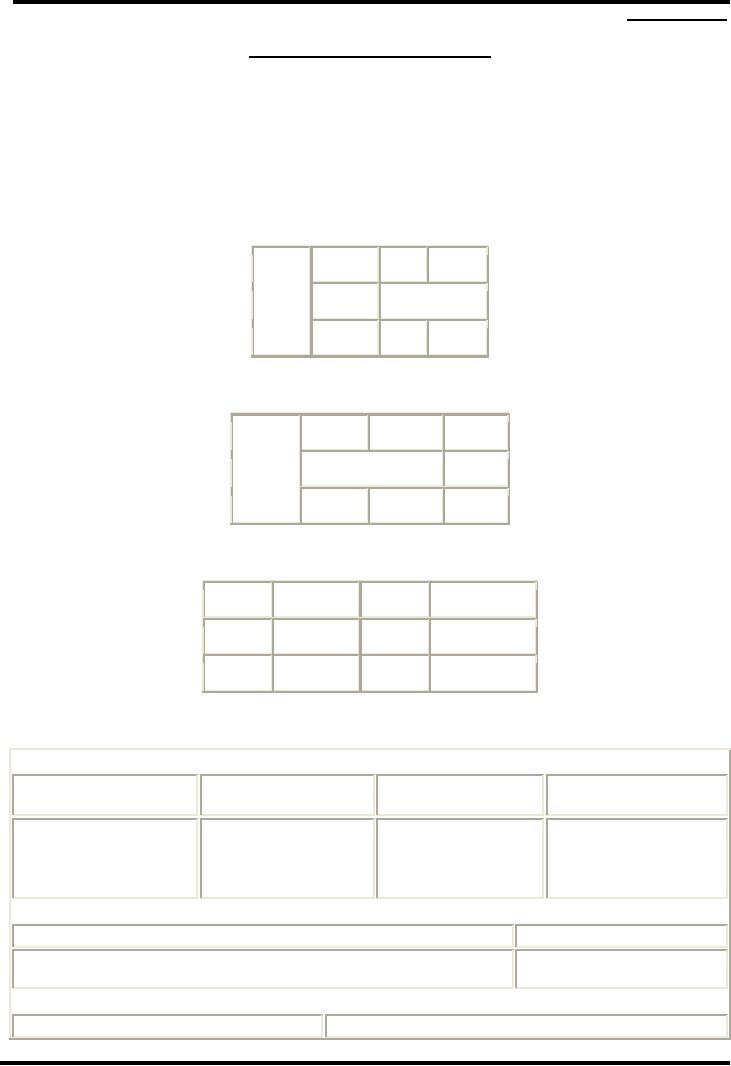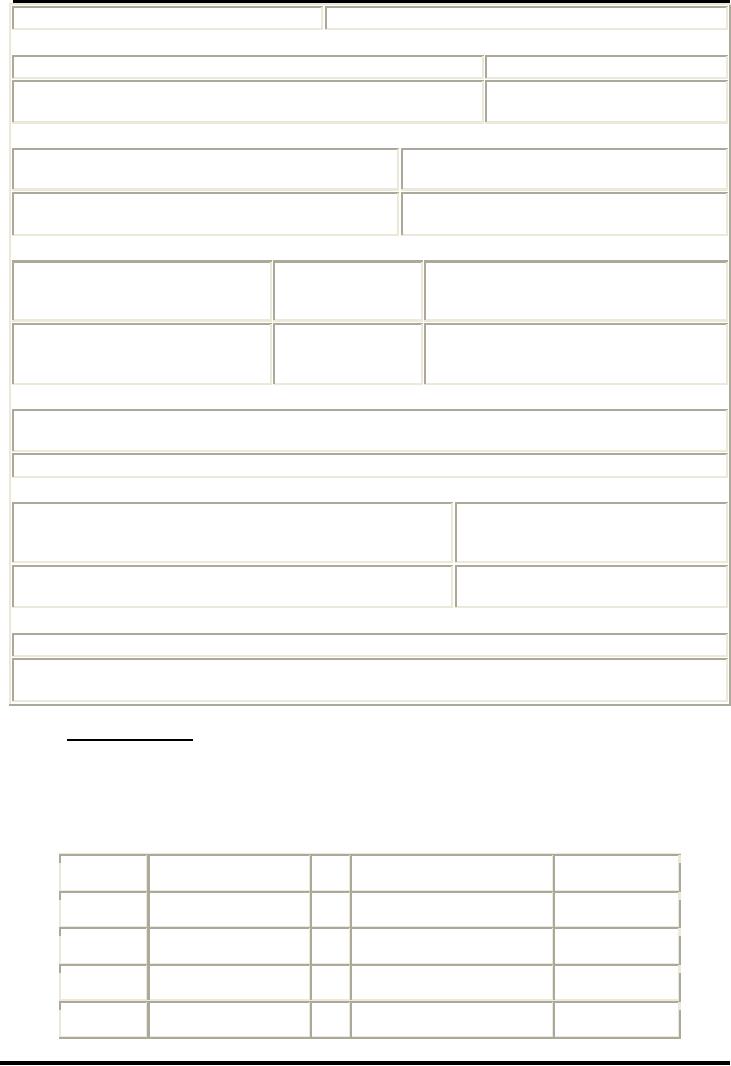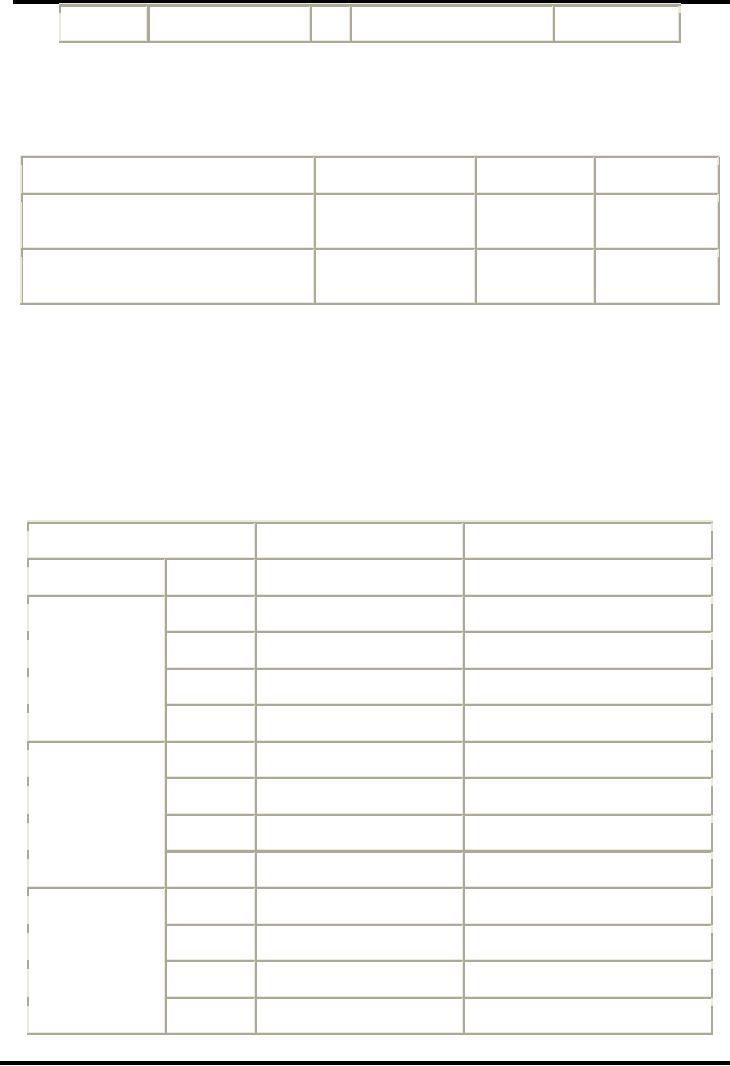 |
ACTIVE AND PASSSIVE VOICE |
| << BASIC CLAUSE PATTERNS |
| MODIFIERS AND SENTENCE TYPES:COMPOUND SENTENCES >> |

Journalistic
Writing MCM310
VU
LECTURE
12
ACTIVE
AND PASSSIVE VOICE
Active
Voice, Passive
Voice
There
are two special forms for
verbs called voice:
1.
Active
voice
2.
Passive
voice
The
active
voice is the
"normal" voice. This is the voice
that we use most of the time.
You are probably
already
familiar with the active
voice. In the active voice, the
object
receives
the action of the verb:
subject
verb
object
active
>
Cats
eat
fish.
The
passive
voice is
less usual. In the passive
voice, the subject
receives
the action of the verb:
subject
verb
object
passive
<
Fish
are
eaten
by
cats.
The
object
of the
active verb becomes the
subject
of the
passive verb:
subject
verb
object
active
Everybody
drinks
water.
passive
Water
is
drunk
by
everybody.
1.
ACTIVE TENSES:
Simple
Present
Present
Action
or
Non-action;
Habitual
General
Truths
Future
Time
Condition
Action
�
I
like music.
�
I
hear you.
�
�
There
are thirty days
The
train leaves at
I
run
on
�
Here
comes
the
in
September.
4:00
p.m.
Tuesdays
and
bus.
Sundays.
Present
Progressive
Activity
in Progress
Verbs
of Perception
�
�
I
am playing soccer now
He
is feeling sad
Simple
Past
Completed
Action
Completed
Condition
40

Journalistic
Writing MCM310
VU
�
�
We
visited the museum yesterday.
The
weather was rainy last
week.
Past
Progressive
Past
Action that took place
over a period of time
Past
Action interrupted by another
�
We
were eating dinner
when
�
They
were climbing for
twenty-seven days.
she
told me.
Future
With
will/won't -- Activity or event that
will or won't exist With
going to -- future
in
relation
to
or
happen in the future
circumstances
in the present
�
�
I'll
get up late tomorrow.
I'm
hungry.
�
�
I
won't get up early.
I'm
going to get something to
eat.
Present
Perfect
With
events occurring at an indefinite
or
With
verbs of state that begin in
the
To
express habitual or
unspecified
time in the past -- with
ever,
past
and lead up to and include
the
continued
action
never,
before
present
�
He
has worn
�
He
has lived here for
many
�
Have
you ever been to Tokyo
before?
glasses
all his
years.
life.
Present
Perfect Progressive
To
express duration of an action that
began in the past, has
continued into the present,
and may continue into
the
future
�
David
has been working for
two hours, and he hasn't
finished yet.
Past
Perfect
to
describe a past event or condition
completed before another In reported
speech
event
in the past
�
Jane
said that she had
gone to
�
When
I arrived home, he had already
called.
the
movies.
Future
perfect
to
express action that will be
completed by or before a specified time in the
future
�
By
next month we will have
finished this job.
�
He
won't have finished his
work until 2:00.
2.
PASSIVE VOICE
The
structure of the passive
voice is very
simple:
Subject
+ auxiliary verb (be) + main
verb (past participle)
The
main verb is always
in its
past participle form.
Look
at these examples:
subject
auxiliary
verb (to be)
main
verb (past participle)
Water
is
drunk
by
everyone.
100
people
are
employed
by
this company.
I
am
paid
in
euro.
We
are
not
paid
in
dollars.
41

Journalistic
Writing MCM310
VU
Are
they
paid
in
yen?
Use
of the Passive
Voice
We
use the passive when:
�
we
want to make the active
object more
important
�
we
do not know the active
subject
subject
verb
object
give
importance to active object
(President
by
Lee Harvey
President
Kennedy
was
killed
Kennedy)
Oswald.
has
been stolen
active
subject unknown
My
wallet
?
.
Conjugation
for the Passive
Voice
We
can form the passive in any
tense. In fact, conjugation of
verbs in the passive tense is rather
easy, as the
main
verb is always in past
participle form and the auxiliary
verb is always be. To
form the required tense, we
conjugate
the auxiliary verb. So, for
example:
�
present
simple: It is
made
�
present
continuous: It is
being made
�
present
perfect: It has
been made
Here
are some examples with
most of the possible
tenses:
infinitive
to
be washed
Active
Passive
present
I
wash it.
It
is
washed.
past
I
washed it
It
was
washed.
simple
future
I
will wash it.
It
will
be washed.
conditional
I
would wash it.
It
would
be washed.
present
I
am washing it.
It
is
being washed.
past
I
was washing it.
It
was
being washed.
continuous
future
I
will be washing it.
It
will
be being washed.
conditional
I
would be washing it.
It
would
be being washed.
present
I
have washed it.
It
has
been washed.
past
I
had washed it.
It
had
been washed.
perfect
simple
future
I
will have washed
it.
It
will
have been washed.
conditional
I
would have washed
it.
It
would
have been washed.
42

Journalistic
Writing MCM310
VU
present
I
have been washing
it.
It
has
been being washed.
past
I
had been washing
it.
It
had
been being washed.
perfect
continuous
future
I
will have been washing
it.
It
will
have been being washed.
conditional
I
would have been washing
it.
It
would
have been being washed.
Source:
http://owl.english.purdue.edu
http://www.englishclub.com/grammar/verbs-voice.htm
43
Table of Contents:
- INTRODUCTION TO JOURNALISTIC WRITING:Practical, THINGS TO KNOW
- QUALITIES OF GOOD WRITERS
- QUALITIES OF GOOD WRITERS
- QUALITIES OF GOOD WRITING:Achieve appropriate readability:
- QUALITIES OF GOOD WRITING:Be concise, Be creative, Be correct
- THE PROCESS OF WRITING:INVENTION, WHEN YOU START TO WRITE
- THE PROCESS OF WRITING II:ORGANIZING, DRAFTING, REVISING
- ALL ABOUT WORDS:HOW WORDS ARE FORMED?:SUFFIXES
- DICTIONARY-A WRITER’S LANGUAGE TOOL:KINDS OF INFORMATION
- PARTS OF SPEECH:Noun Gender, Noun Plurals, Countable Nouns
- BASIC CLAUSE PATTERNS
- ACTIVE AND PASSSIVE VOICE
- MODIFIERS AND SENTENCE TYPES:COMPOUND SENTENCES
- REPORTED SPEECH:Indirect Questions, Direct commands
- GRAMMATICAL SENTENCE – ISSUES:SUBJECT-VERB AGREEMENT
- GRAMMATICAL SENTENCE – ISSUES II:SENTENCE FRAGMENTS
- EFFECTIVE SENTENCE:PARALLELISM, NEEDED WORDS, SHIFTS
- STYLE: GUIDELINE AND PITFALLS I:COLLOQUIAL VS FORMAL, CIRCUMLOCUTION
- STYLE: GUIDELINE AND PITFALLS II:AMBIGUITY, REDUNDANCY, EUPHEMISM:
- PARAGRAPH WRITING: TYPES AND TECHNIQUES:STRUCTURE
- PARAGRAPH WRITING: TYPES AND TECHNIQUES:Putting on Our Play
- ESSAY WRITING:VARIOUS STRATEGIES FOR ESSAYS, PROMPTS
- SIGNAL WORDS:Non word Emphasis Signals
- EXPOSITORY WRITING:LOGICAL FALLACIES, APPEAL TO EMOTION
- THE WRITING STYLES: REPORT and NARRATIVE WRITING, SHORT REPORTS
- THE WRITING STYLES: DESCRIPTIVE AND PERSUASIVE WRITINGS, Observation
- RESEARCH WRITING AND DOCUMNETING SOURCES:Handling Long Quotations
- Summary and Précis Writing:CHARACTERISTICS OF GOOD SUMMARY
- Punctuation:THE PERIOD, THE COMMA, THE SEMICOLON, THE COLON
- MECHANICS:ABBREVIATIONS, NUMBERS, SPELLING, THE HYPHEN
- READING SKILLS FOR WRITERS:EDUCATED READING, STEPS
- PARTS OF A NEWSPAPER:Box-out, By-line, Caption, Exclusive, Feature
- THE LANGUAGE OF THE NEWSPAPERS II:BROADSHEET NEWSPAPER
- News Writing and Style I:WHAT TO LOOK FOR IN A NEWSPAPER
- NEWS WRITING II:Accuracy, Clarity, Style, Qualities of Effective Leads
- EDITORIAL WRITING:WRITING AN EDITORIAL:STRUCTURING AN EDITORIAL
- WRITING FEATURES:GENERATING FEATURE STORY IDEAS
- WRITING COLUMNS:Column and a news report, Purpose, Audience
- WRITING ARTICLES FOR NEWSPAPERS:The Heading, The Lead
- WRITING ANALYSIS:purpose, scope, method, results, recommendations
- LETTERS TO EDITORS:Four important aspects about letters, Organizing letters
- BROADCAST AND WEB NEWS WRITING:WRITE CONCISELY, BROADCAST STYLE
- WRITING PRESS RELEASE, REVIEWS AND OBITUARIES:Summary of Content:
- THE ART OF INTERVIEWINGS
- FINAL THOUGHTS:Practical, Job-Related, Social, Stimulating, Therapeutic